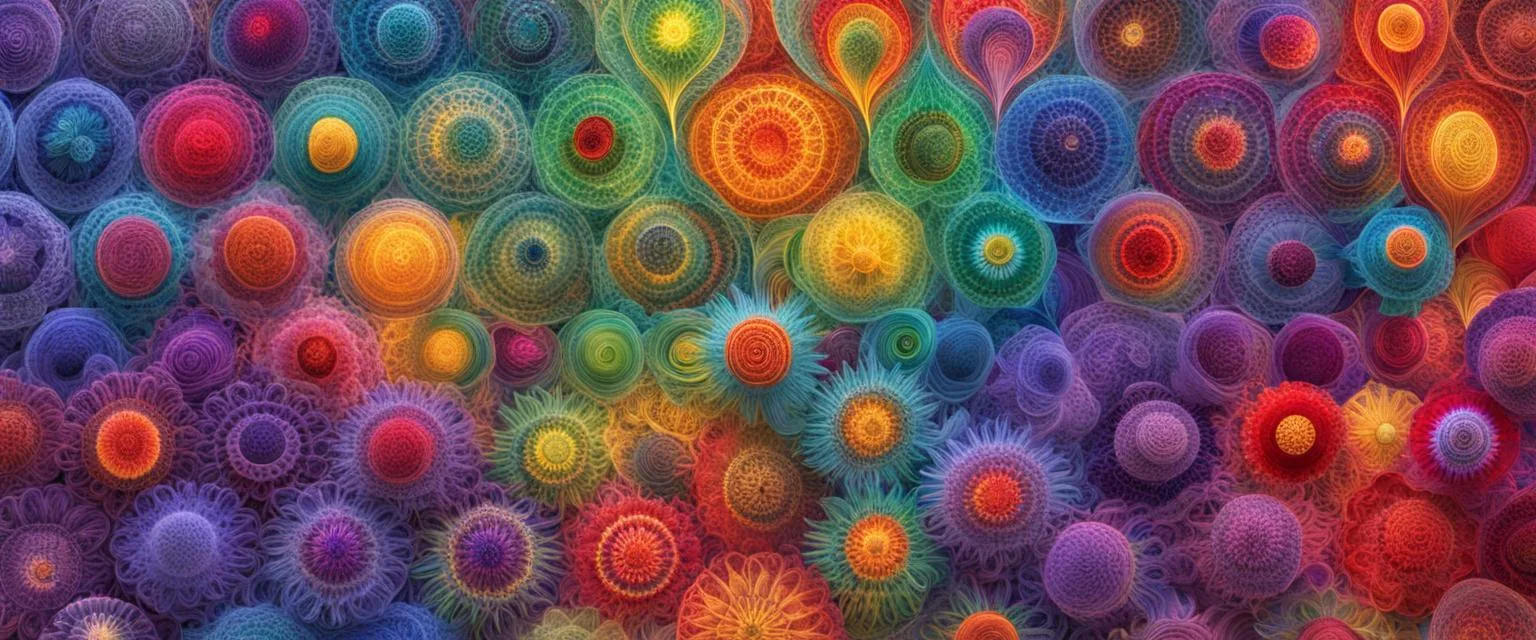
Key Points: Men and Women Handle Breakups Differently
| Aspect | Women | Men |
|---|---|---|
| Emotional Expressiveness | Tend to openly express emotions and seek support from social networks. | Often maintain stoicism and seek distractions such as activities or hobbies. |
| Immediate Reaction | Likely to confront emotions shortly after the breakup. | May not process emotions until much later, adhering to masculine norms. |
| Long-Term Coping | Continue to rely on social support and reflective practices. | Potentially suppress emotions until they are unavoidable. |
| Self-Care | Engage in exercise, hobbies, mindfulness to heal. | Similar self-care activities but may emphasize physical activities and new skills. |
| Social Support | Seek comfort and companionship from close friends and family. | May rely on social circles but less likely to seek emotional support. |
| Reflection and Acceptance | Utilize journaling and other reflective practices for emotional processing. | May benefit from structured reflection like journaling to process emotions. |
| Readiness for New Relationships | Take time to heal before pursuing new connections. | May quickly seek new relationships as a distraction from the pain. |
- Understanding varying emotional responses and societal influences is key to healing post-breakup.
- Accepting the end of a relationship is a critical step in moving on, regardless of gender.
- Journaling and self-care are potent tools for processing breakup emotions for both men and women.
- Self-compassion and patience are crucial during the healing process, transcending gender differences.

Breakups are as common as they are emotionally challenging, touching the lives of countless individuals across the globe. While the pain of a severed connection is universal, the ways in which men and women navigate this heartache often vary significantly. From biological factors to cultural influences, understanding these differences can guide us toward more effective coping strategies and facilitate a healthier healing process. Embracing these methods, such as the therapeutic activity of journaling, can lead us down a path toward recuperation. To start mending the wounds of a broken heart, consider the value of The Healing Power of Journaling.
Understanding the Emotional Response
Men’s and women’s brains are wired differently, which contributes to distinct emotional experiences and responses to breakups. Women typically have a greater predisposition to emotional expression and may seek solace through social support networks.
How Women Process Breakups
- Tendency to openly express emotions.
- Greater likelihood to seek out friends and family for comfort.
How Men Process Breakups
- Often exhibit a stoic facade, keeping emotions in check.
- Seek distraction through activities or new hobbies to avoid dealing with feelings.
The influence of societal expectations plays a significant role in how each gender copes with the end of a relationship. While women are generally encouraged to show vulnerability, men might feel pressure to maintain a composed exterior.
The Timeline of Healing
The journey through heartache towards healing can take various paths, heavily influenced by gender.
Immediate vs. Delayed Reactions
Women might confront their emotions head-on shortly after the breakup, while men may not fully process their emotions until much later, possibly due to societal standards of masculinity.
Long-Term Coping Mechanisms
Over time, coping methods further diverge. Women may continue to rely on social circles and reflective practices, whereas men might suppress their emotions until they can no longer be ignored.

Coping Strategies for Both Genders
There are certain strategies that both men and women can find solace in during tumultuous post-breakup periods.
The Importance of Self-Care
- Nurturing physical health with exercise and proper diet.
- Indulging in hobbies and interests to foster a sense of joy.
- Practicing mindfulness and meditation to stay grounded.
The Role of Social Support
Garnering support from friends and family can be a pillar of strength for anyone recovering from a breakup, providing emotional sustenance and companionship during trying times.
The Role of Reflection and Acceptance
Reflective practices, such as Journaling as a Healing Practice, can facilitate the emotional processing that is essential for healing. Granting oneself grace during the coping process and accepting the finality of the relationship are foundational steps towards moving on.
Gender Differences in Seeking New Relationships
The readiness to dive back into the dating pool often varies along gender lines, with men sometimes rushing into new relationships to distract from the pain, and women generally taking more time to heal before seeking new love.
Rebound Relationships and Healing
Understanding whether rebound relationships serve as a helpful part of the healing process or a temporary bandage is crucial and can greatly depend on individual circumstances and gender norms.
Conclusion
The path from heartbreak to healing is nuanced and gendered, demanding both self-awareness and patience. Regardless of gender, it’s essential to treat oneself with kindness and patience. As you press on, remember that strategies like journaling await to assist in your healing journey.